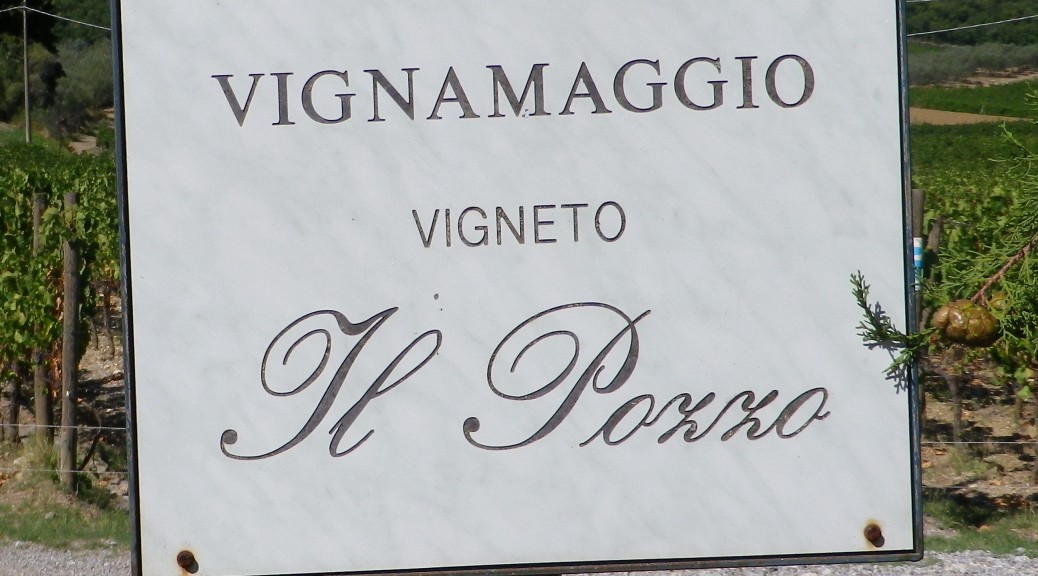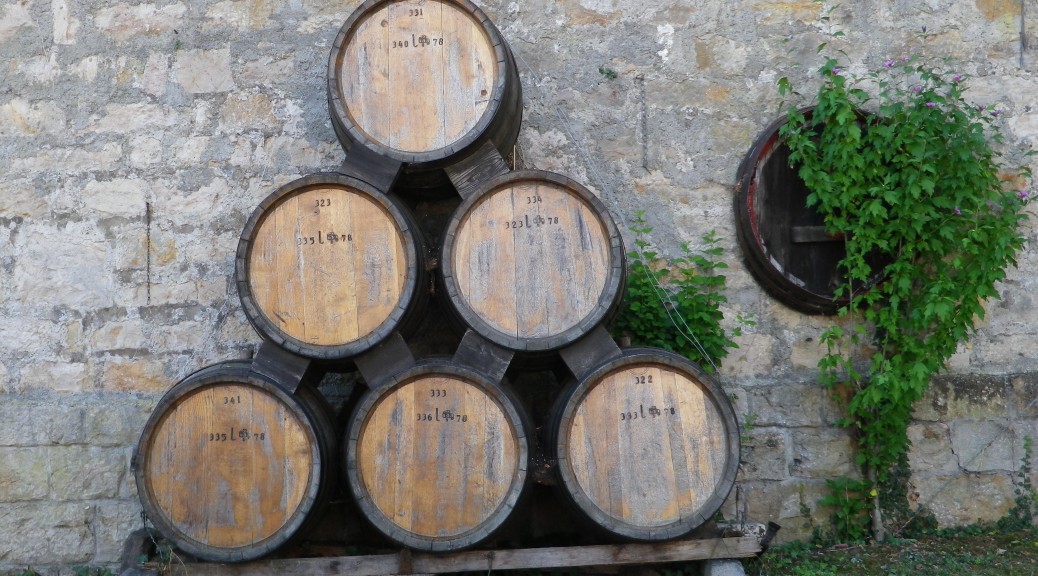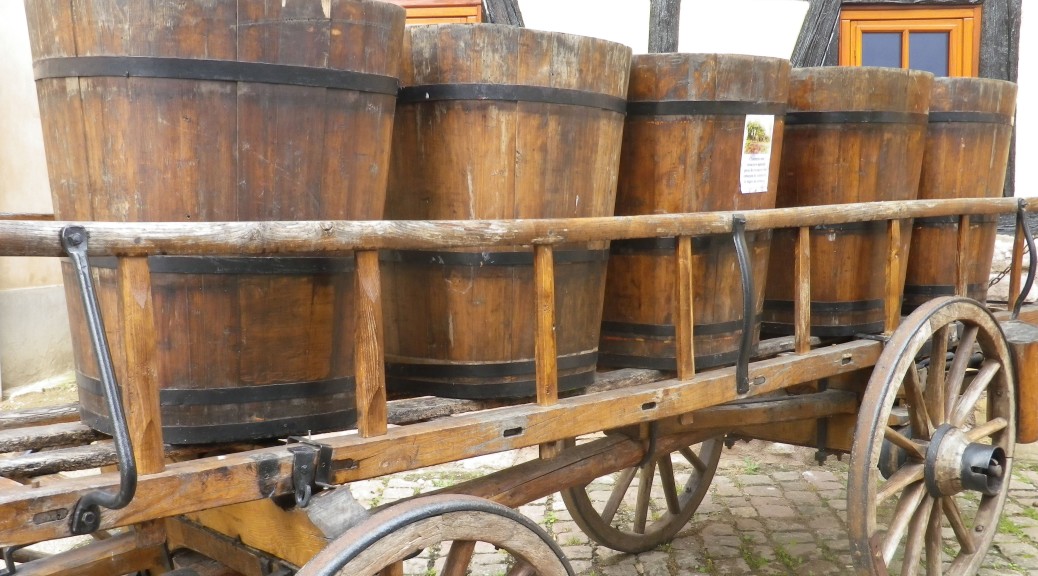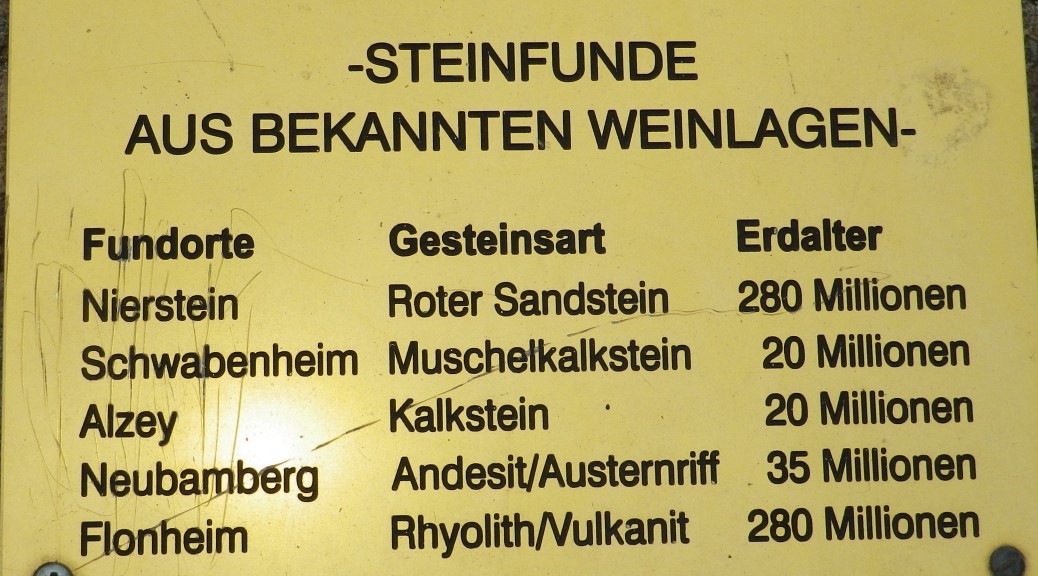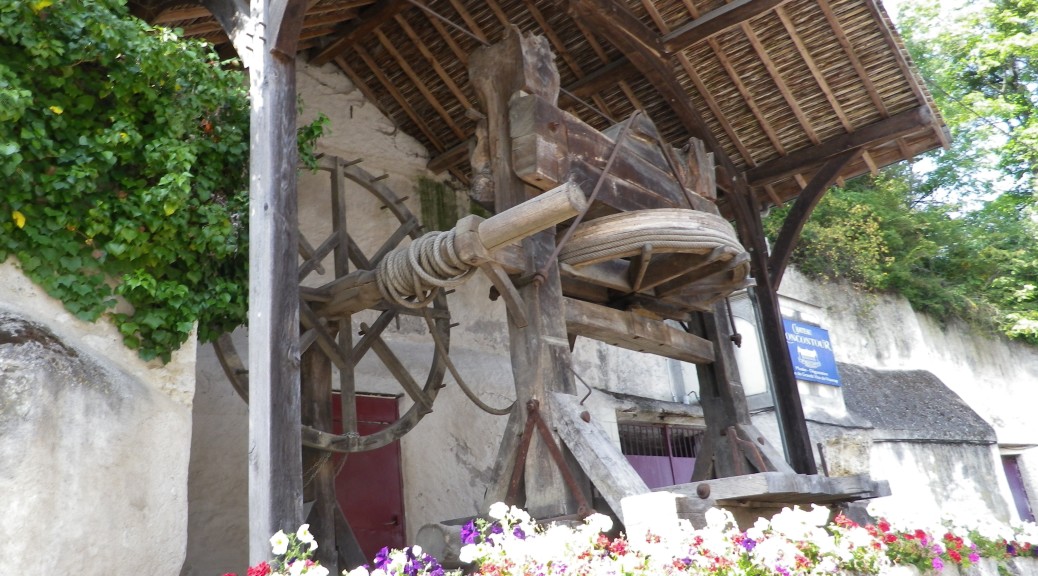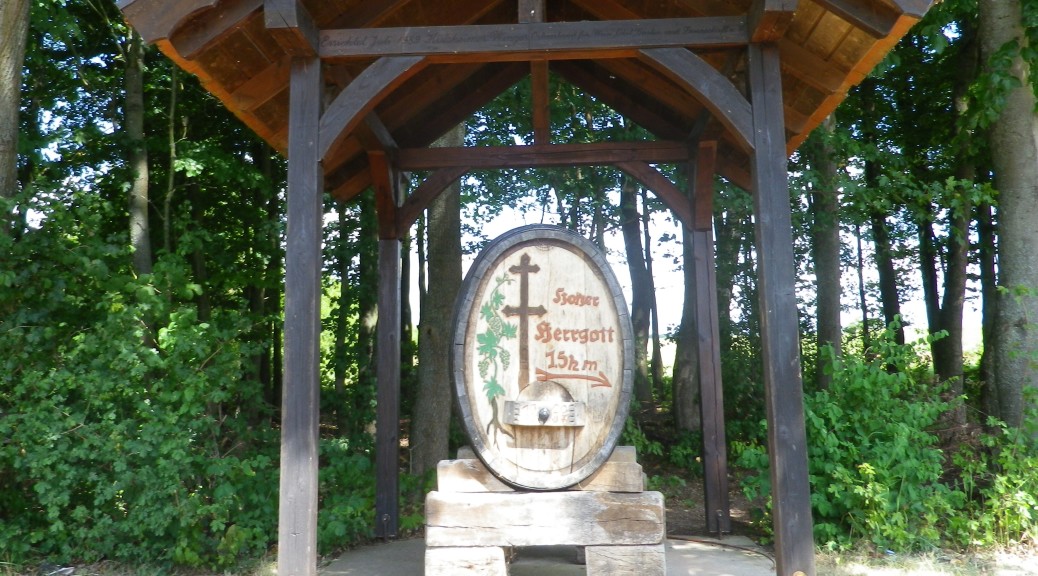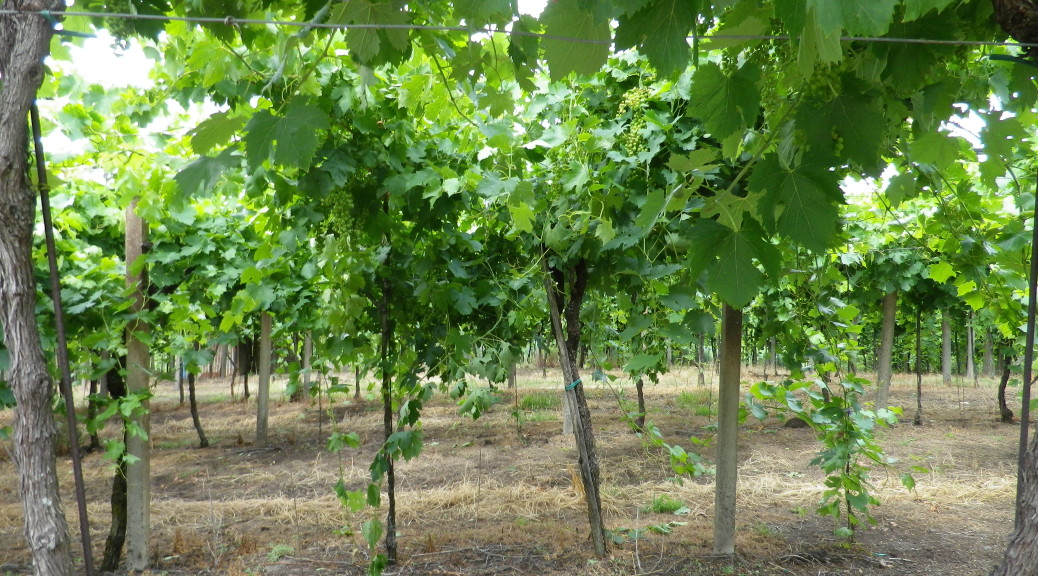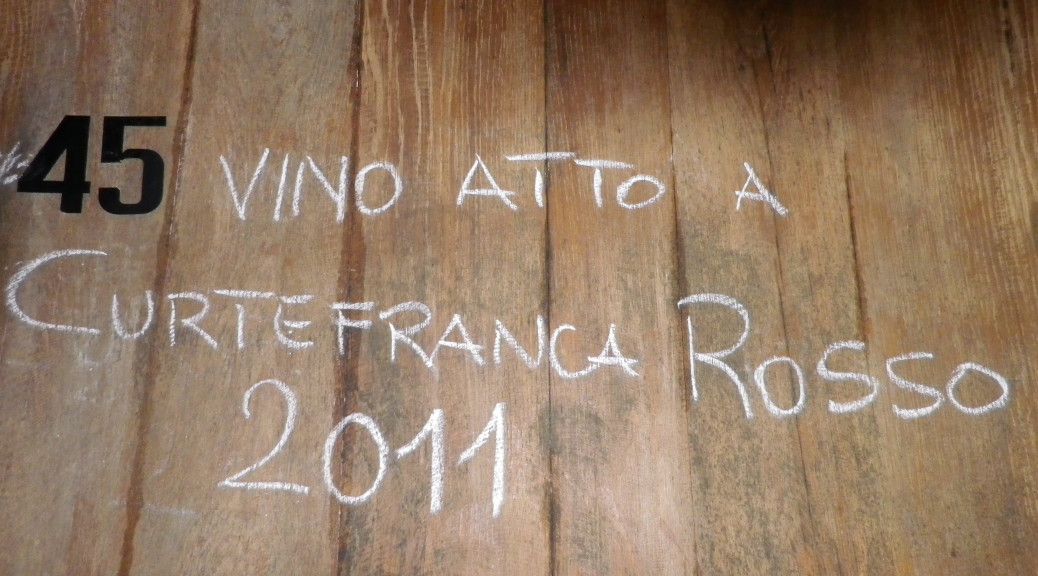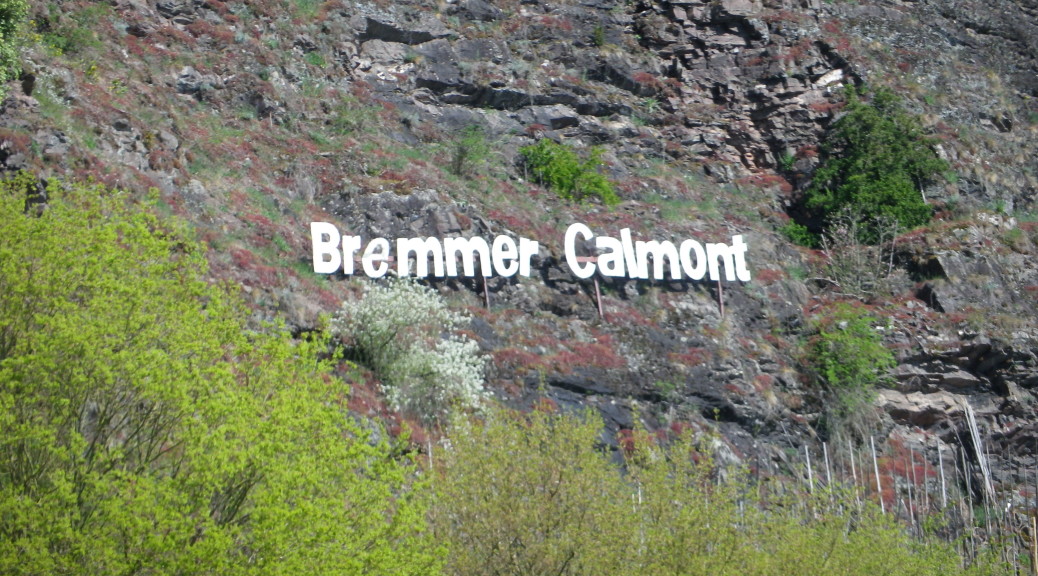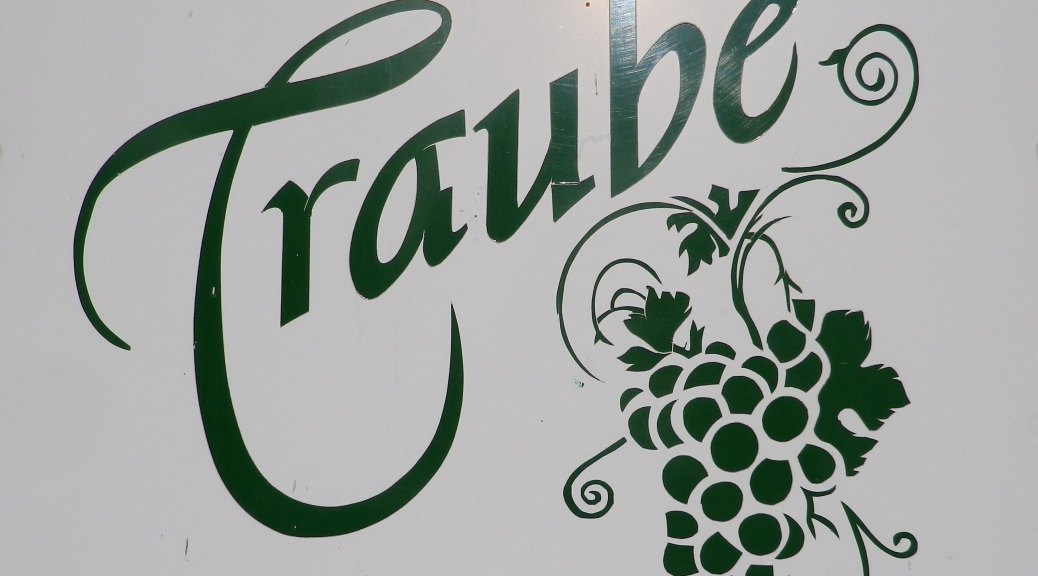What I Learned (The Region and Districts)
Chianti is the area south of Florence and north of Siena, in Tuscany. The area is a large one. Forests, olive groves and vine dot the slopes of its many hills. In between are small towns with names widely known by travelers to Tuscany as iconic Chianti villages and towns: Radda in Chianti, Castellina in Chianti, Gaiole in Chianti.
